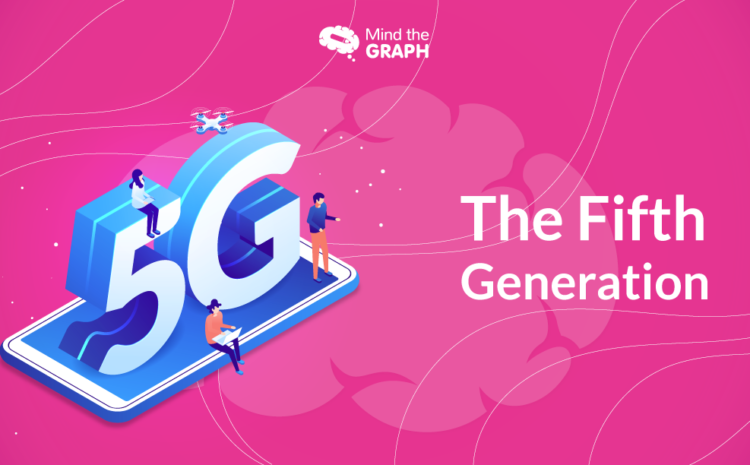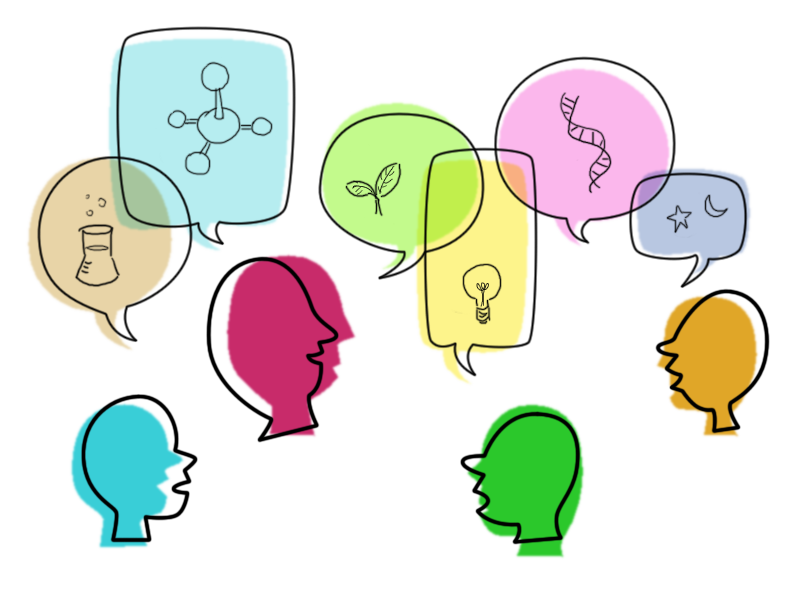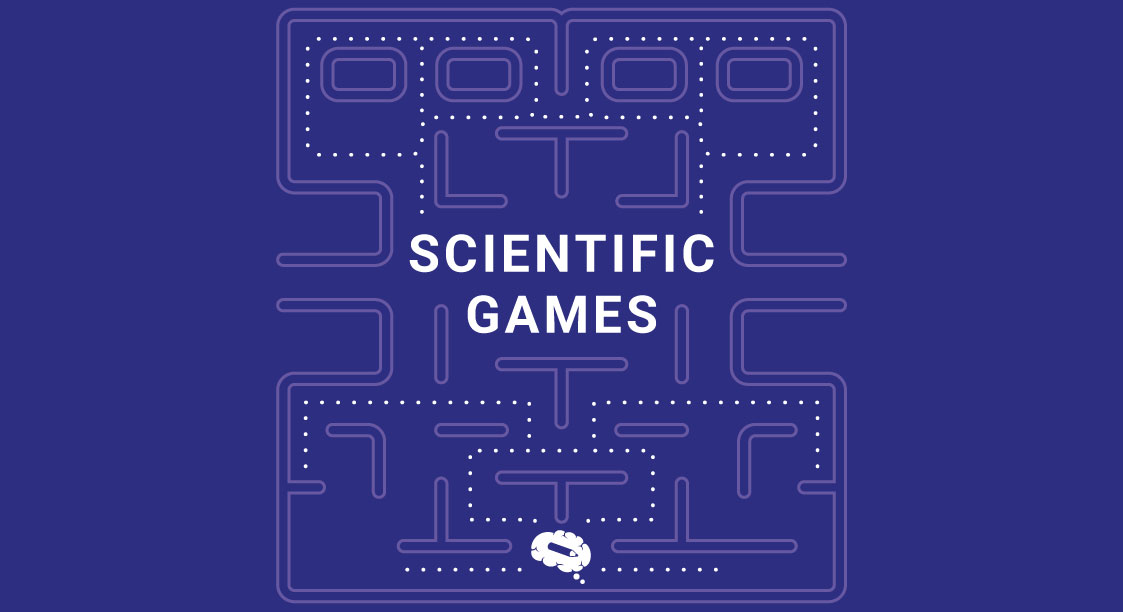It isn’t a strange thing anymore to hear people say that they have 5G connection in their houses or on their phones, what usually means faster internet speed experience.
But not only that is the promise of 5G connection, a huge number of connected devices, new products and services are also included.
Certainly, the moment we start to use everything that 5G has to offer, our way of living will be transformed. However, do you fully understand this technology?
We have an expert to help us understand how 5G technology works, William Villota, a Ph.D. student of Computer Sciences, at the University of Campinas, Brazil.
5G is the name for the fifth generation of mobile telecommunications. We have already experienced the antecessors 1G, 2G, 3G, and 4G, and we will continue to experience the next ones in the line, the new coming trends.
Let’s review the past generations.
The first generation (1G) of mobile telecommunications, introduced in the 80’s, enabled calls between mobile devices, as well as voice messages services.
Later, in 1991, the 2G, started services of text messages and roaming.
The 3G, in 1998, brought the internet experience for users.
In 2008, the 4G added gaming services, high-definition mobile TV, video calling and 3D television.
Finally, 2009 was launched the 4G Long Term Evolution (LTE) doubling the data speed of the already fast 4G.
Each new generation is marked by an introduction of a new feature into the previous status, adding new mobile services or improving existing ones
5G is more than a faster internet connection on your mobile phone. It will provide connectivity for a lot more devices others than cellphones. In special, 5G promises to accomplish the following requirements:
Data rate up to 10Gbps. This is the transmission of information 10 times faster than theoretical peak of 4G LTE. It would be enough for downloading entire movies in matters of seconds.
Round trip Latency of 1milisecond. This represents almost a 10 times reduction in latency compared to 4G. Latency is the time required for the data to go and come back from its source destination – 5G will take only 1milisecond. In other words, it is essentially the time for a cellphone request information from a server and get the response.
Hight Bandwidth per unit of area. In previous generations, the closer you were from the source, better and faster was the response. However, in the 5G it doesn’t really matter where the user is, his portion of the signal is guaranteed. 5G will work with higher numbers of smaller antennas compared to 4G, which will allow even more devices connected with higher bandwidths for longer periods, regardless the user location.
Up to 100 times the number of connected devices per unit area compared to 4G LTE. Experts expect 20 billion Internet of Things (IoT) devices by 2023.
99.999% availability. This means a perceived service availability all the time.
100% coverage.
90% reduction in network energy usage. The 5G will also result in a cost reduction. Increasing battery-life expectancy up to 10years for devices.
The general goal is to expand the use of radio spectrum, increasing the wavelength range, allowing a large number of devices to get internet connection and access specialized services.
Although, the radio wavelength range is characterized by being short-long waves, it has high rate of data by time. Mobile networks have two major parts, the Radio Access Network (RAN) and the Core Network.
The RAN consists in several nods (antennas) that provide users access to the Core. The Core is the central element of the network that provides the service to the users. It allows the exchange of information between different sub-networks or local networks.
The 5G RAN provides an innovative feature for adding new high-frequency radio waves to the existing one, which is used to transmit data. Furthermore, providing a continuous connection.”
It is also expected that the 5G RAN signal will be composed of smaller antennas compared to current ones, located much closer to the user.
The 5G is designed to meet high-standards requirements by considering distributed servers across the network to achieve the latency needs” says Villota about the changes the 5G is providing.
The proposal of Villota’s master thesis was to establish an admission control for Network Slice Requests (NSLRs) in 5G by using Reinforcement Learning.
Network Slicing is the technology that enables the execution of multiple virtual isolated networks (called Network Slices) sharing the same physical network infrastructure.
Each Network Slice is created on demand and is tailored to accomplish the diverse requirements of the 5G services.
Network Slice Providers (NSPs) are expected to receive several requests to create Network Slices from multiple tenants.
Reinforcement Learning, a Machine Learning Technique, is used to admit the arriving requests while optimizing the use of resources and the NSP’s profit.
Moreover, the 5G Core leverages virtualization technologies providing customized services to each specific demand of industry or business segments.
Meaning that network resources will be more easily managed to provide users and businesses the resources they need.
A few examples of what the 5G technology will provide for the users will be:
– Virtual and augmented reality. The low-latency characteristic of 5G enables the improvement of simulated experience such as games that use Virtual Reality goggles.
– Tactile Internet. This refers to the manipulation of objects by touching. The human-machine interaction should be in real time, reaching ultra-low latency, with extremely high availability.
– Machine-to-machine connectivity. Also known as M2M is the exchanging of data among machines with reduced or none human intervention. This allows systems to monitor itself and respond accordingly.
– Autonomous driving. Vehicles will be able to communicate with other connecting devices, and reaching for more efficient and safe driving experience.
When this amazing technology will be available at my home?
Initial services started to be available in some countries is 2019. Nevertheless, a worldwide availability is expected by 2025.
Mobile communications will continue evolving, and at some point we will be adapted to frequent improvements.
Researchers are already talking about the features of the 5G successor, the 6G.
Technology is accelerating, even though it is hard to accept the 6G idea, some scientists already have mentioned the 7G.
However, it will take a time to get there.
Reference:
Agiwal, M., Roy, A., & Saxena, N. (2016). Next generation 5G wireless networks: A comprehensive survey. IEEE Communications Surveys & Tutorials, 18(3), 1617-1655.
____
How is your Mind the Graph experience so far? Let us know your opinion, it is important to us to have your feedback so that we can improve the platform for you and many others.
Click here to leave us a review, and here to go start your creations of the day!
If you are new around here you can check out our illustrations and templates available for all Mind the Graph users.
And also, you can read more content at the Mind the Graph blog, and feel inspired about all the scientific content!

Subscribe to our newsletter
Exclusive high quality content about effective visual
communication in science.




